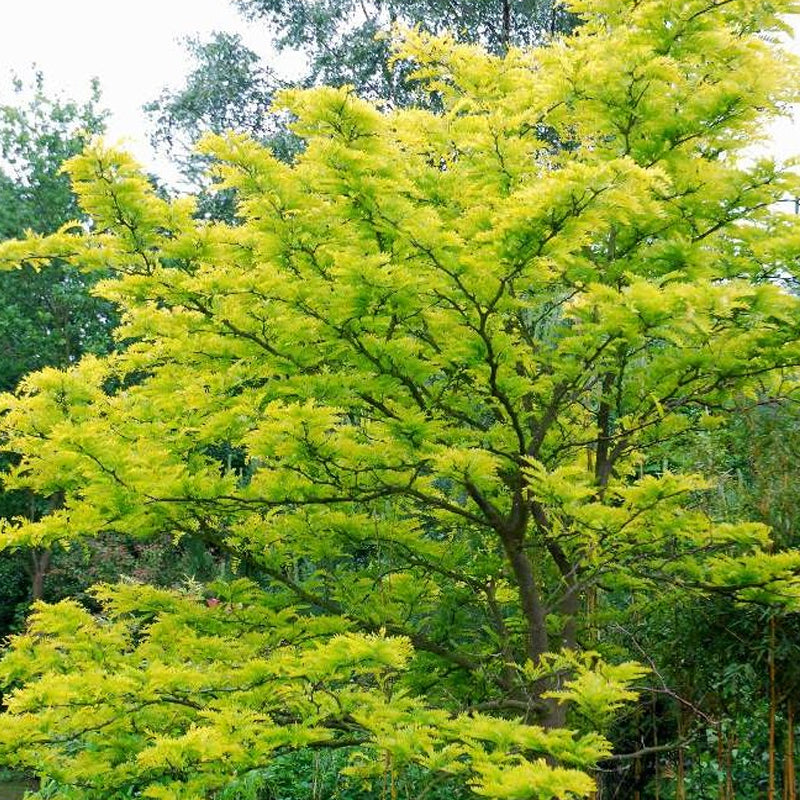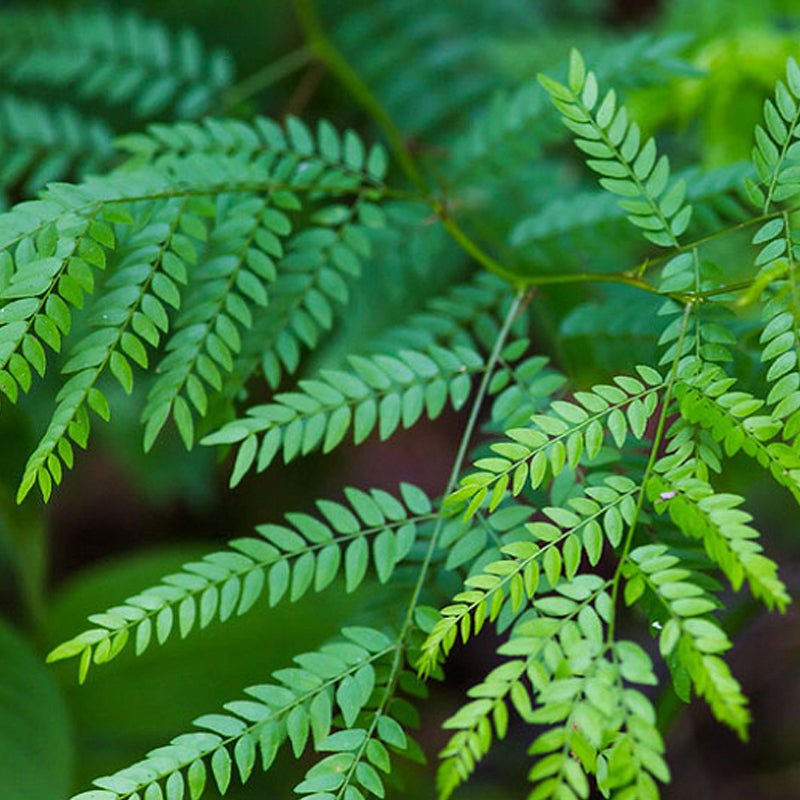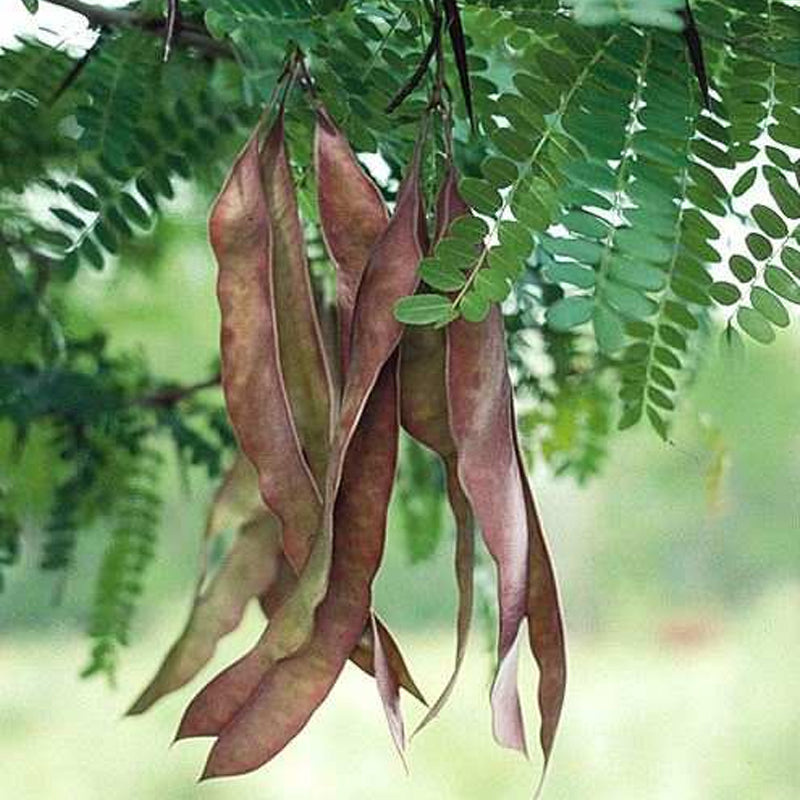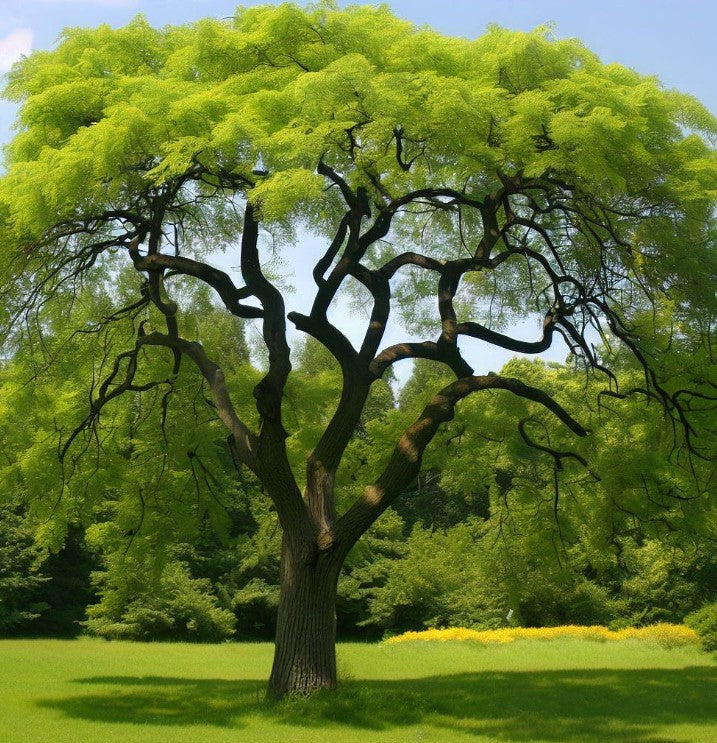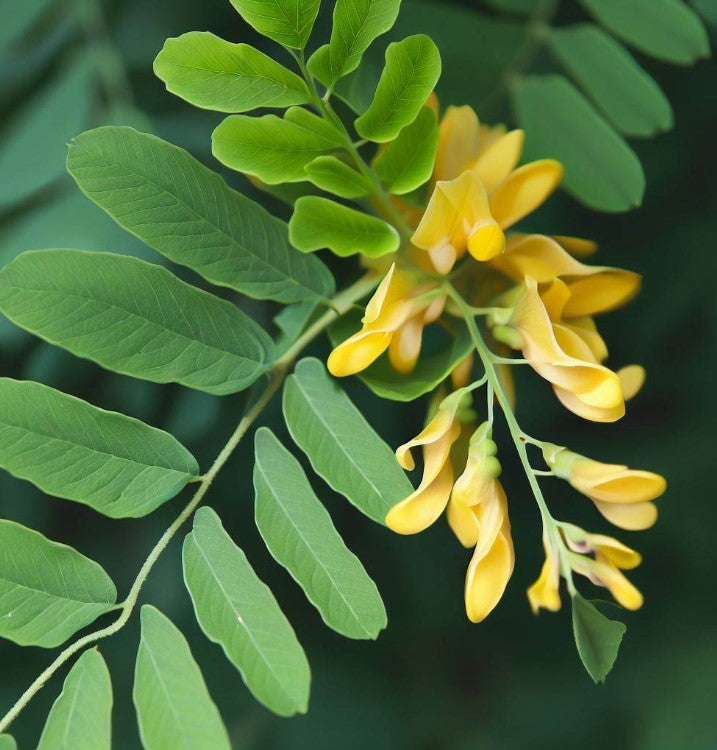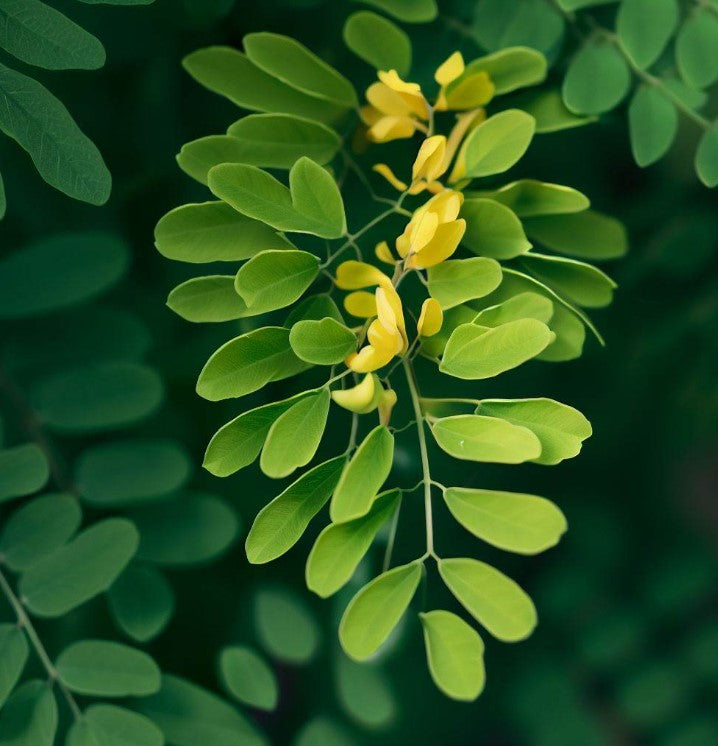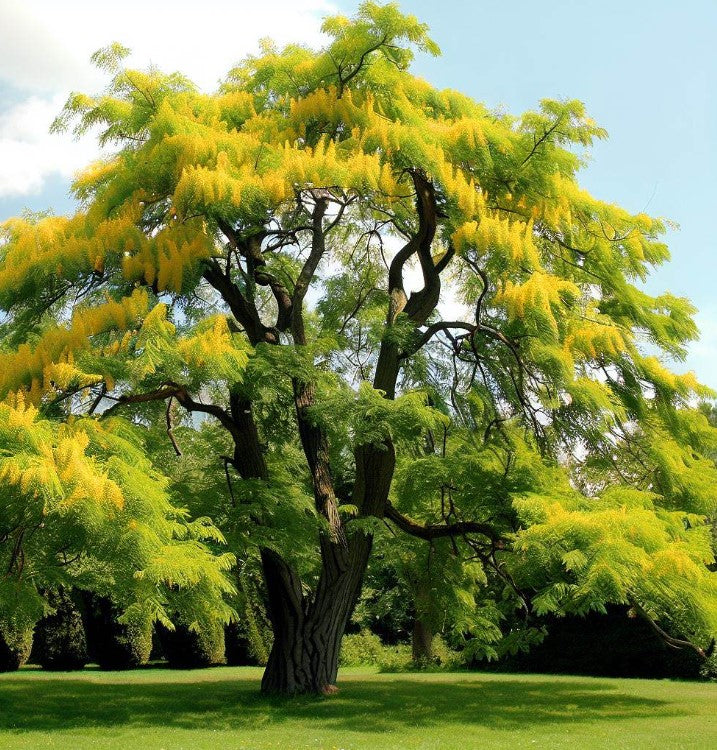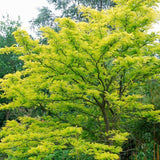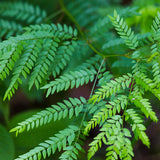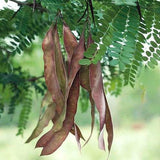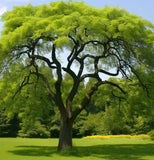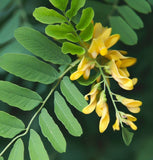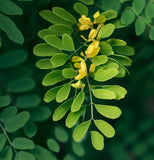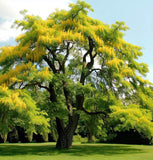Gleditsia triacanthos (Honeylocust)
Gleditsia triacanthos (Honeylocust) is a deciduous tree belonging to the Fabaceae family. It is native to eastern and central North America and is known for its distinctive appearance, adaptability, and various uses in landscaping.
Size and Appearance: Honeylocust is a medium to large-sized tree that can reach heights of 15-30 meters (50-100 feet) with a spread of 9-15 meters (30-50 feet). It has a broadly spreading canopy with an open structure. The branches are typically armed with sharp thorns, although thornless varieties are also available.
Foliage: The foliage of Honeylocust is bipinnately compound, meaning that the leaves are divided into smaller leaflets that are further divided. The leaflets are usually bright green and provide a feathery appearance to the tree. In some cultivars, the foliage may have a golden or variegated color.
Flowers: Honeylocust trees produce small, inconspicuous flowers that are greenish-yellow in color. The flowers are not particularly showy but are attractive to pollinators such as bees.
Pods: Female Honeylocust trees produce flat, brown pods that can reach lengths of 15-45 cm (6-18 inches). The pods contain sweet, sticky pulp surrounding the seeds. They often persist on the tree throughout the winter.
Adaptability: Honeylocust is known for its adaptability to various soil types and growing conditions. It can tolerate a wide range of soil pH levels and is relatively tolerant of urban environments. It prefers full sun but can also tolerate some shade. The tree is also moderately drought-tolerant once established.
In landscaping, Honeylocust is valued for its ornamental qualities, shade-providing capabilities, and its ability to withstand urban conditions. It is commonly used as a shade tree, street tree, or specimen tree in parks, gardens, and along streets. The thornless varieties are preferred for areas where thorns may be a concern. The seedless cultivars are also available, reducing the mess caused by fallen pods.
The wood of Honeylocust is strong and durable, making it suitable for various uses such as furniture, flooring, and fence posts. The pulp inside the pods is edible and has historically been used as a sweetener or in the production of alcoholic beverages.
It's important to note that while Honeylocust is generally considered non-toxic, the thorns on some varieties can cause injury. Additionally, the pods and seeds may cause digestive discomfort if ingested in large quantities.
Botanical Name : Gleditsia triacanthos
Common Name : Honeylocust
Height : 35 - 60 ft
Spread : 30 - 50 ft
Germination Info : Scarify seed and sow in Spring
Hardiness zone : 4-9
Average seed per ounce : Approx. 138

